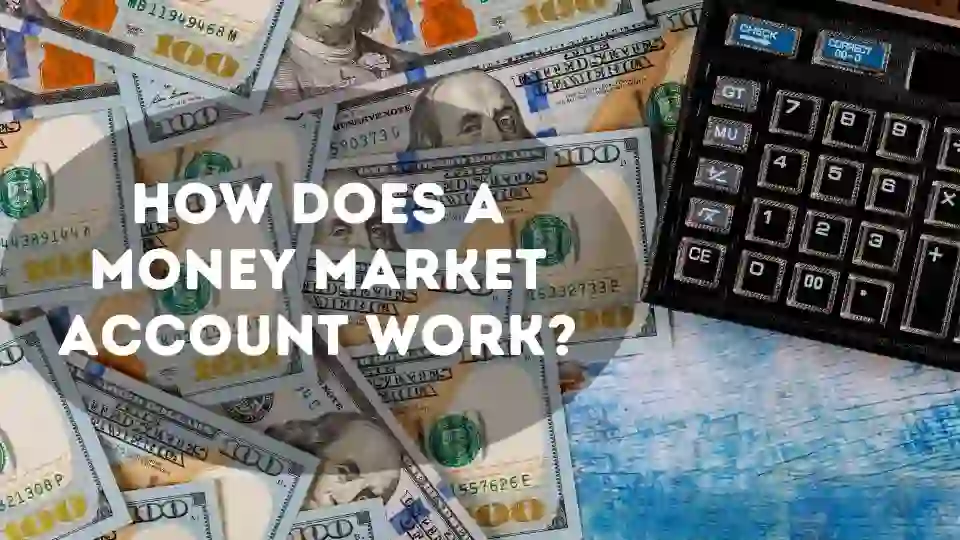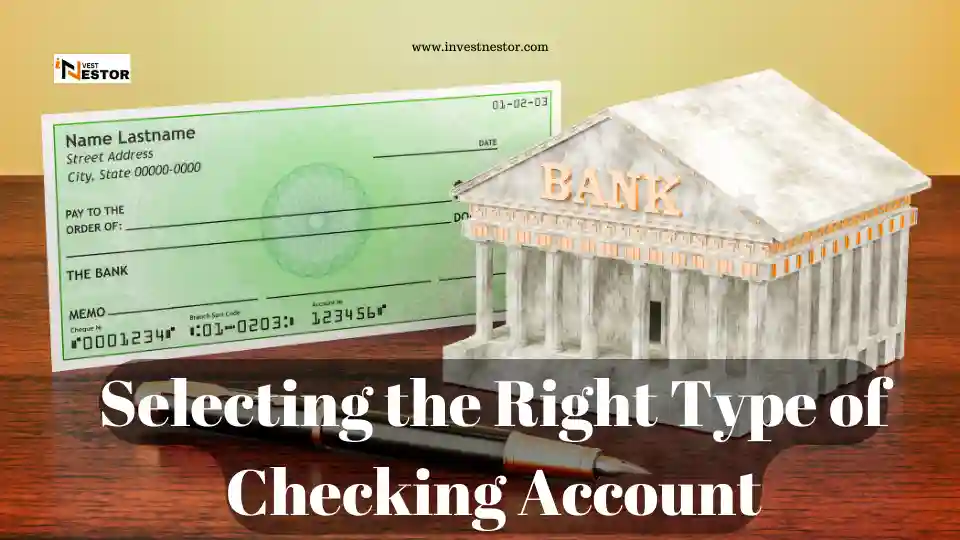
How Different Types of Commercial Banks Work and Make Money?
How do banks actually make money? They take your deposits, give you little or no interest, and then lend it out at more excellent rates. It appears too incredible to be true. How can they pay so little yet charge so much? In reality, banks are highly lucrative enterprises because they benefit from a skewed economic system.
The article will explain how do banks make money, why they're so profitable, and how they can pay you almost nothing while charging others considerably more. Their business strategy is the key to understanding why large banks are booming. Read on to have the banking system revealed.
Key Highlights
Commercial banks make most of their money from loan interest. The bank extends credit to you and adds interest on personal, vehicle, and home loans.
Being the second-biggest banking institution in the US, Bank of America oversees over 67 million individual and business customers and over $2.4 trillion in assets.
Commercial banks use a compelling blend of leverage, diversity, and government assistance to make significant profits.
What Is a Commercial Bank?
A commercial bank refers to a financial organization that serves both customers and companies. Commercial banks prioritize deposits and lending, unlike investment banks, which deal primarily with assets and securities.
They leverage money from deposits to generate much more significant amounts in interest from loans. They also benefit from a large customer base and the tendency of people to stick with their banks for years. By keeping costs low and maximizing the spread between borrowing and lending rates, even minor interest rate differences can lead to hefty profits.
Commercial banks offer crucial financial services by enabling the movement of money across the economy and serving as a conduit between depositors and borrowers. Despite being frequently criticized, they are essential to most people's financial well-being and communities. By understanding how the big banks make money, you can make better decisions about where to bank and borrow.
Examples of Commercial Banks
Global financial giants like Chase, Bank of America, and Citi are examples of large commercial banks. They aim to generate revenue in several significant ways. These banks are primarily found in the United States. JPMorgan Chase's commercial bank, Chase Bank, is headquartered in New York City. The business owns several additional brands. The whole asset value of Chase Bank as of September 2022 is $3.3 trillion. Being the second-biggest banking institution in the US, Bank of America oversees over 67 million personal and business customers and over $2.4 trillion in assets.
What is the primary way that banks earn money?
How do banks make money? The main source of bank earnings is interest. Banks make money by borrowing at higher interest rates from depositors and lending to other borrowers. The "net interest margin" is the difference between depositor and borrower interest rates.

Interest on Loans
Commercial banks make most of their money from loan interest. The bank extends credit to you and adds interest on personal, vehicle, and home loans. The bank profits more with higher interest rates and longer loan terms. Banks can provide lower interest rates than credit cards and other lenders since they have cheap customer deposits. Banks gain massive profits from the "spread," or difference between loan and deposit interest rates.
Fees
Banks assess fees for a number of services. Such fees include overdrafts, wire transfers, ATM usage, and account maintenance. These costs mount up and represent a significant source of income. Even though fees represent a lower percentage of bank earnings than interest, they can nevertheless pile up, particularly during challenging times when more individuals are experiencing financial difficulties. Some banks have come under fire in the past for abusive fee practices.
Investments
In addition to lending money, banks also invest the money from customer deposits in low-risk securities like government bonds. The interest and returns on these investments generate income for the bank. They use the deposits that aren't currently anywhere near withdrawal.
Forex Operations
Financial institutions participate in foreign exchange activities as brokers as well. These activities provide revenue for banks as well.
Interest on Investment
Financial firms occasionally make investments in various graded and government assets. Through these investments, they receive a significant interest payment.
Minimum Balance Fees
Customers of certain banks are required to keep a minimum amount in their accounts. A certain fee must be paid if the balance falls below this cap.
Late Payment Fees
There will be a late fee for customers who cannot pay their credit card bills by the deadline. But each bank will have a different amount for this fee.
Earned Commission on Products Sold by Third Parties
Banks can also receive specified commissions by offering their customers insurance or mutual fund products.
Banks often make money by serving as a middleman between depositors and borrowers. They also pay many company expenses. Banks must utilize earnings to cover loan default losses. To make a profit, banks factor in the risk of loan defaults in their interest rates. When done appropriately, lending money at interest is a profitable business strategy, making banks profitable. All the other fees and charges are secondary to this primary money-making mechanism.
Suggested for You: FDIC Insurance: What Happens to Your Money During a Bank Failure
Why are banks so profitable?
Commercial banks employ a powerful combination of diversification, leverage, and government support to generate substantial profits. Banks are highly profitable businesses for several reasons:
1- Diversified product offerings
Banks offer loans, mortgages, investment products, and transaction fees to earn money. Banks are not dependent on one revenue source by providing a variety of services. If one product line declines, the bank may rely on others to benefit.
2- Low costs of funds
Banks pay very little interest on the money customers deposit in their accounts. Banks then lend that money out at much higher interest rates. The "spread." is the difference between the bank's funding and loan rates. The bank profits more with a greater spread.
3- Fractional reserve banking
Banks need to reserve a portion of their deposits. The majority of consumer deposits are lent out. This lets banks earn interest on loans that exceed the initial deposit. Fractional reserve banking allows banks to produce money and boost the economy.
4- Government Backing
The government provides backing for consumer deposits through the Federal Deposit Insurance Corporation (FDIC). Individuals' deposits are insured for up to $250,000 per account. The government guarantee drastically reduces the risk of bank runs and bank failures. With less risk, banks can operate more profitably.
The Bottom Line
So there you have it, the truth behind how banks make money and remain profitable. Banks can generate huge profits by taking the funds we all deposit and lending them out at higher interest rates. Sure, it seems a bit like magic, turning a few percentage points into billions of dollars. But that's the power of leverage and scale. Loans and financial services enable businesses and individuals to thrive and pursue their dreams.
FAQs
Is my bank a commercial bank?
Possibly! When people hear "bank," they usually think of commercial banks. Commercial banks serve companies and the public for profit. They lend, receive deposits, and protect assets. Your community bank or credit union account isn't likely a commercial bank.
In what way do commercial banks contribute to the economy?
Today, most industrialized nations have fractional reserve banks, which primarily depend on commercial banks. Freeing up funds for lending enables banks to provide new loans of up to (usually) 90% of the deposits they already hold, which might boost the economy.
Is my money safe at a commercial bank?
This is usually true. The FDIC or Federal Deposit Insurance Corporation protects the deposits up to a limit of $250,000 for most accounts held at commercial banks. There are strict rules governing commercial banks.
Suggested Articles


 to Your Advantage.webp)



0 Comments
Add a comment